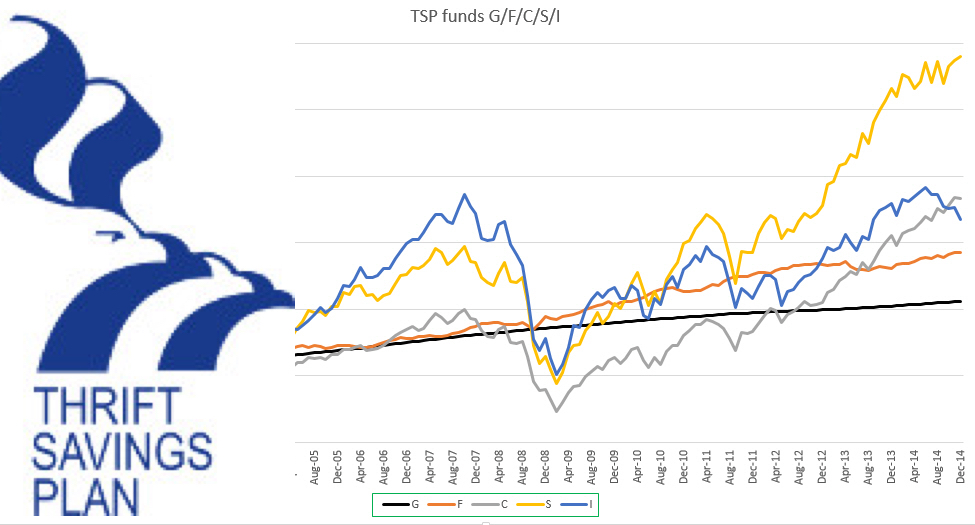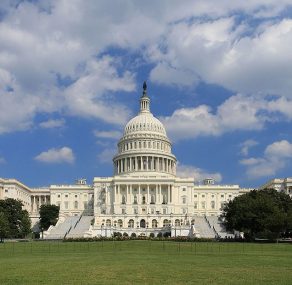It Seems That Santa Didn’t Come for the TSP this Year

The United States stock market has been facing rough times since September, but December, in particular, has been a hard month. The S&P says it all. It has significantly fallen off the cliff. Typically, December is always a good month for marketers. It has always been the month of high yields and returns for the S&P 500 since 1928 compared to other months.
The period is referred to as the Santa Rally, and this is when stocks do best, most individuals are off work for the holidays, which makes it an excellent trading period without many news events. This is a time when buyers and sellers are feeling the holiday moods and cheer, making markets super.
This was not the case last December. Since the Great Depression, this was the worst performing December for S&P 500. Such small companies that are represented by the S&F in the TSP are now in a declining market. They have faced a more than 20% decrease in their returns. Large companies are not well off either. They are only a few points from entering the declining market territory.

Advertisement
Advertisement
The Christmas Grinch
While there are many possible reasons for selling-off, last week was a precise one. The market started in a poor state last week and began with a rally on a Wednesday. The Federal Reserve then released its long-awaited statement on Wednesday 2 pm followed by a speech by Fed Chair Jerome Powell, and after this, the markets declined utterly.
The market did not expect any severe actions to be taken, but to its surprise, the Federal Reserve declared that they would raise key interest rates to 2.50% from the current 2.25% and expect to increase it further by 0.25% in 2019. They also plan on reducing the Federal Reserve balance sheet. Fed also gave a lower 2019 real GDP prediction in the United States than expected. It was lowered to 2.3%. They foresaw that the rate of unemployment would decline from 3.7% to 3.5%.
In the end, these statements and predictions by the Federal Reserve were only an enhancement for a sell-off and not the primary cause. The truth is, even before the actions and statements, the stocks were already expensive, the economy has been in a state of expansion without recession for almost 0ten years, and there has been an increase of the government and corporate debts relative to GDP.
The Federal Reserve is regulating policy to bring in the neutral interest rates. The balance sheet is to be reduced from $4.5 trillion which was an increment from $800 billion that resulted from an increase in programs undertaken from 2008 to 2014.
Some analysts feel that FED will be making a huge mistake by raising the rates and reducing its balance sheet, especially with the slowing-down global growth while others view the actions to be quite reasonable.
People are anticipating to see how the markets will perform in 2019, but one thing remains clear, having a well-planned diversification will help reduce TSP account volatility. The bear markets, recessions, and sell-offs are a regular part of the market cycle, and there are plans to help deal with the waves and build long-term wealth.







